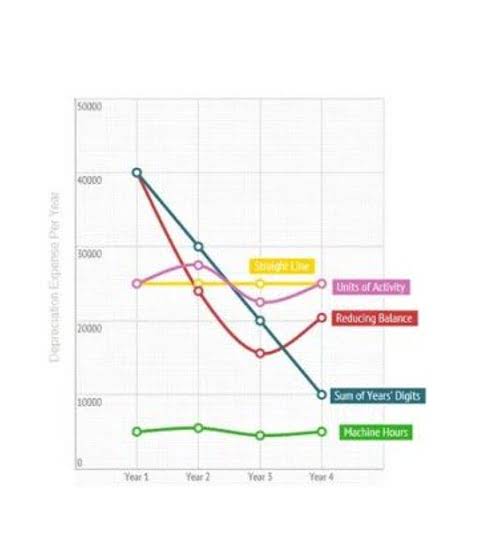Even if the rental prices are not affected, external circumstances in the economy can influence the property’s market value through the capitalization rate. So determining whether a higher or lower cap rate is better will depend on the investor and their risk profile. A higher cap rate means that the investment holds more risk whereas a low cap risk means an investment holds less risk. It is also important to consider other features of the local market, such as competing properties. Generally, properties in a large, well-developed market will tend to have lower capitalization rates, due to competitive pressures from other businesses. Future trends, such as local market growth, can also affect the long-term capitalization rate for a property.
- Cap rate compression usually occurs when market prices rise, and investors are optimistic about the future.
- There is no single value for what makes an “ideal” capitalization rate, and investors should consider their own risk appetites when evaluating a property.
- Learn the reasons to invest in multifamily real estate, your loan options and how to buy a multifamily property.
- The effective gross income (EGI) of the property must be estimated as the first step toward determining the cap rate.
- In that case, the investor should favor the real estate investment, all else being equal.
- While the above hypothetical example makes it an easy choice for an investor to go with the property in the city center, real-world scenarios may not be that straightforward.
It’s essential to align the cap rate with your risk tolerance and the specific market conditions of the area where the property is located. Looking at it from another perspective, capitalization rate formula a lower cap rate suggests a higher purchase price relative to the income generated. In other words, the cap rate implies potentially safer and lower returns.
How to Calculate Cap Rate
However, financial statements can be manipulated—for example, when a cost is expensed instead of capitalized. If this occurs, current income will be understated while it will be inflated in future periods over which additional depreciation should have been charged. To capitalize is to record a cost or expense on the balance sheet for the purposes of delaying full recognition of the expense.
Capitalizing in business is to record an expense on the balance sheet in a way that delays the full recognition of the expense, often over a number of quarters or years. The process is used for the purchase of fixed assets that have a long usable life, such as equipment or vehicles. In finance, capitalization is also an assessment of a company’s capital structure.
Understanding Capitalization Rate: Cap Rate Defined With Formula and Examples
The current market value of the asset is the present-day value of the property as per the prevailing market rates. However, the cap rate doesn’t always tell the whole story, which is why investors need to do more research than simply looking at this metric. For example, they need to ensure the seller hasn’t inflated NOI by deferring maintenance since that would increase future costs, impacting NOI. Many other factors can impact cap rates, including interest rates, the macroeconomic outlook, and investor demand.
- When you break down these components of the cap rate, it reveals their relationship with the risk-free rate and the overall capitalization rate.
- Hence, the property in the city center will have a lower capitalization rate than the property in the suburbs.
- Apply online for expert recommendations with real interest rates and payments.
- Even though the capitalization rate seems to imply a certain rate of return on an investment, it is really more an indicator of the price of investment properties in a given market.
- It is one mathematical calculation among many that will help you gain insight into a property you’re considering for purchase to expand your real estate portfolio.
According to the same survey, cap rates for retail properties in early 2021 typically ranged from 5.0 to 7.0%. The GGM can be useful for calculating the cap rate when a real estate has growing cash flows year over year. In addition, inflation can impact cap rates – the market values will increase while the cap rate will decrease, thus creating a cap rate compression. Let’s assume that a property has a market value of $500,000 and $125,000 NOI.
Factors That Impact Cap Rates
There are no clear ranges for a good or bad cap rate, and they largely depend on the context of the property and the market. For example, consider two properties in different geographical locations – one is in a highly coveted suburban region while the other is in a run-down part of the city. The property in the highly coveted suburban region would show a lower cap through the high market value of the asset. On the contrary, the property located in the run-down part of the city would come with a higher cap, reflected by the lower market value of that asset. Founded in 1993, The Motley Fool is a financial services company dedicated to making the world smarter, happier, and richer.




















